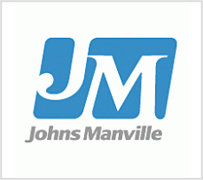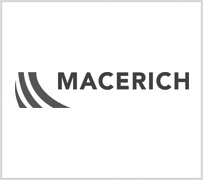
Home / News / UAVs With Thermal Imaging

As mentioned in a previous article, the use of unmanned aerial vehicles in the commercial sector is growing rapidly. Commercial drone use in the roofing industry just got even more interesting. Tremco Roofing launched an aerial program called SkyBEAM (Building Envelope Asset Mapping), which includes thermal imaging.
Tremco will use drones equipped with infrared and video cameras, to not only locate visible defects, but also hidden problems such as energy leaks, wet insulation and problems otherwise not seen without extensive investigation. The thermal camera graphically depicts energy inefficiencies and clearly shows temperature variations, especially around windows, doors and penetrations in the roofing for HVAC, skylights and vents. Detection of moisture intrusion and wet insulation is perhaps the most valuable feature of this technology, as moisture can cause a number of extremely costly problems ranging from roof deck detrioration or \"sick building syndrome” to damaged structural components and / or premature roof failure.
Tremco is thrilled because this method of surveying buildings saves a huge amount of time. It is also safer than sending a man up on a building to look in person. The company says it can find problems they’ve never been able to detect before.
Briefly summarizing more general information in a prior post about drones, while they’re still not “approved” by the FAA, many companies in the commercial sector are realizing a number of benefits. A roofing company in Nebraska uses them to help create estimates for their clients in about one tenth the time it would take to do a manual evaluation by climbing all over the roof. Moreover, the news industry has been using drones to shoot storm damage, while realtors give clients a birds-eye view of properties. Finally, power companies have used drones to check power lines, while other uses could include border patrol, land survey, imaging and mapping and so on.
Restrictions on unmanned flights have been in place by the FAA for the past seven years; however, the FAA really has no way to monitor and track the flights, and no manpower to enforce the regulations. Drones are generally restricted to altitudes of 400 feet or below for airspace safety. The FAA plans to propose new drone rules in November and hopes to be able to accommodate commercial use while still protecting citizens.











